Driving On The “New Normal”: 5 Key Things To Know

We are all adapting to the “new ordinary”. After a period of turmoil around the world, many people are now taking positive measures. That is, get rid of the national blockade or restrictions and resume normal life.
But this “normality” is new. Back to our old habits and practices, great changes have taken place, leading to new situations that we should all be aware of. In the field of transportation, we will discuss five key issues that may affect mobility and driving styles in the new environment.
Recognizing these will contribute to a safe, smooth and positive return to the world.
- The rule may have changed
Back to the peak, the first thing to note is that the rules of the road and other rules may have changed. But like all areas of law, ignorance or lack of consciousness is not a defense!
Rules that may have changed include tolls and prices, security laws, and even national borders. This is especially true for drivers who travel to the EU or transport goods.
For example, the Bank of England has had a huge impact on UK imports and exports. Now there are new rules, regulations and tariffs. It is important to be aware of these. In this way, you will not be fined or punished for violating these regulations.
Some new rules and laws may have been adopted during the blockade, but it is not a common practice. For example, the new rules prohibit drivers from taking videos while driving, not just phone calls and text messages.
It should be confirmed in advance whether there are major changes that may affect driving or travel plans.
- Path may have changed
Driving rules and routes can be changed. During the national blockade, many road projects and construction projects have been carried out, which can completely change the familiar route whether they are temporary or permanent.
We must anticipate these changes and keep alert at all times. Even on previously familiar routes. In addition, in order to avoid disappointment and urgency, extra time should be left during the journey. This will help ensure safe and responsible driving.
Now is a good time to rely on satellite navigation and electronic maps that are regularly updated or even updated in real time, rather than the soon outdated printed maps. If you have any questions, please confirm the route in advance or allow extra time for your trip.
- May not practice
Many people have driven less in the past year due to blockade, illness, telecommuting or a series of other reasons.
“If you have been driving abnormally recently, please note that you may not practice a little.” You may want to spend more time traveling, or take a small trip in the car every day to rebuild your confidence and skills.
Even if you want to drive normally and directly, you should be especially alert and safe. If you are curious, please take a rest and continue on a longer journey.
Recent research shows that many people are more nervous or anxious when driving after a long rest. Experts say that starting on a smaller, more familiar journey on a regular basis will soon restore your confidence.
- It’s time to upgrade
When you return to the car after a long rest, you may realize that you are no longer suitable for your lifestyle or benefit from it. You can add simple upgrades to sell cars or increase value, or take smaller steps.
This may include updating expired parts, checking for damage, or booking a reliable garage that can perform security checks. It is particularly important to ensure that your car is still fit for the road and that the brakes, tires and other necessities still function optimally after a few weeks of underuse. Many drivers found their car batteries dead after the blockade.
- Have new necessities
The “new ordinary” may include new necessities that are not always needed. Water, mobile phone chargers, first aid or bag repairs are always helpful, but masks, hand sanitizers and medicines may be added.
By means of preparation and relaxation, you can safely, easily and happily switch to the “new normal state” during driving.


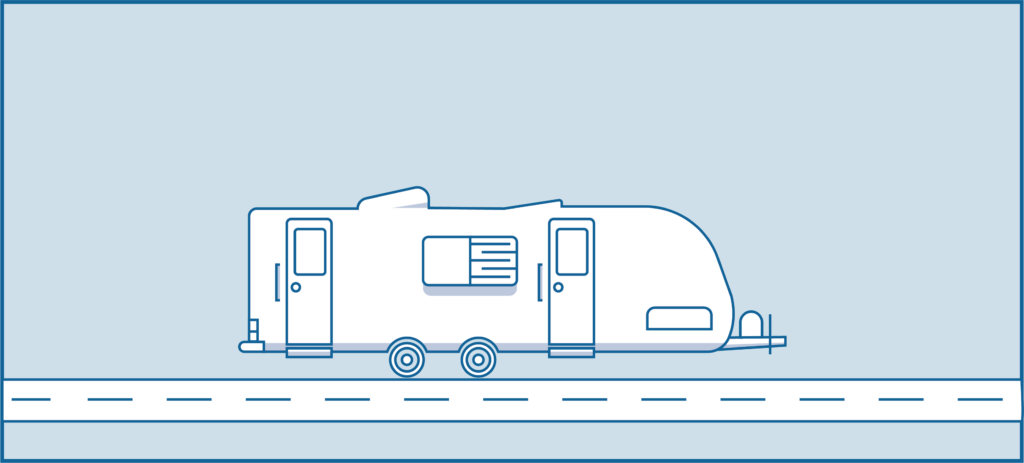 Track Trailer – Important Things To Remember
Track Trailer – Important Things To Remember 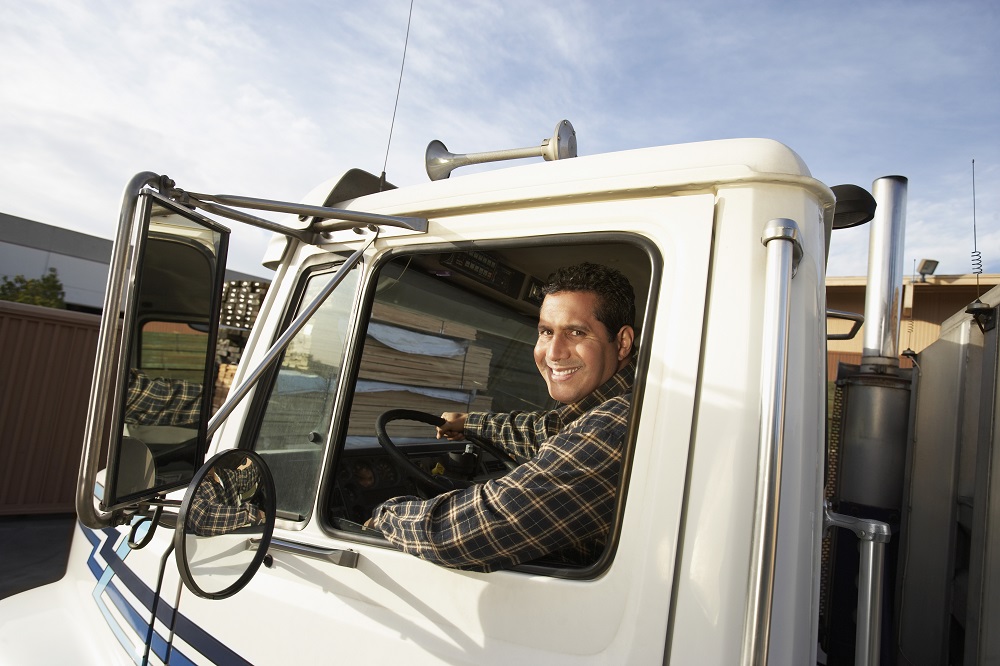 What Truck Drivers Want Other Drivers To Know
What Truck Drivers Want Other Drivers To Know 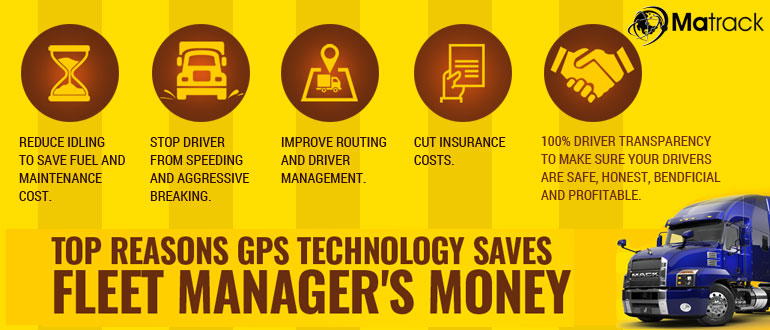 The Main Reasons For GPS Technology To Save Costs For Vehicle Managers
The Main Reasons For GPS Technology To Save Costs For Vehicle Managers 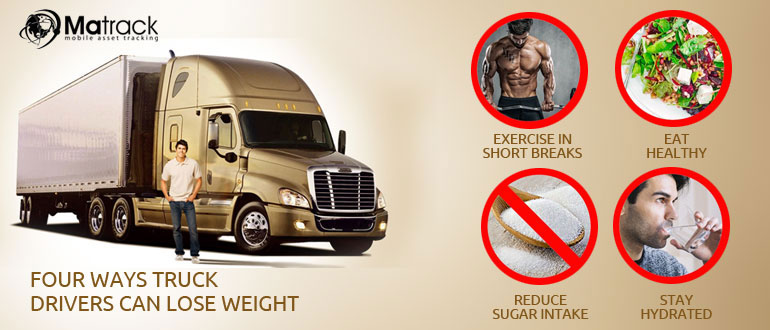 Four Ways For Truck Drivers To Lose Weight
Four Ways For Truck Drivers To Lose Weight 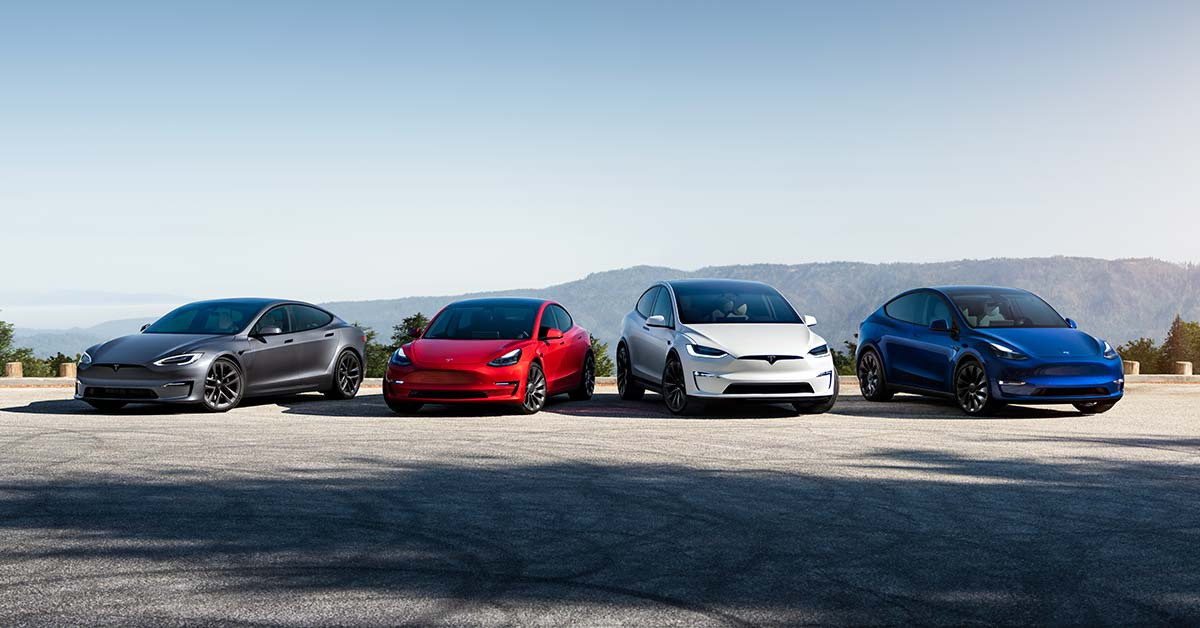 All Tesla
All Tesla 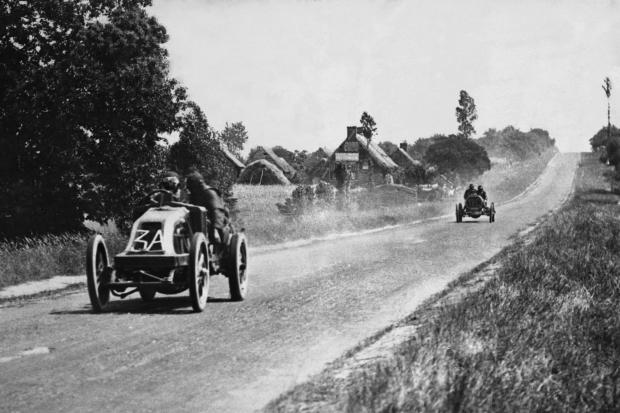 Historic Racing Conflicts Have Revolutionized Car Safety.
Historic Racing Conflicts Have Revolutionized Car Safety. 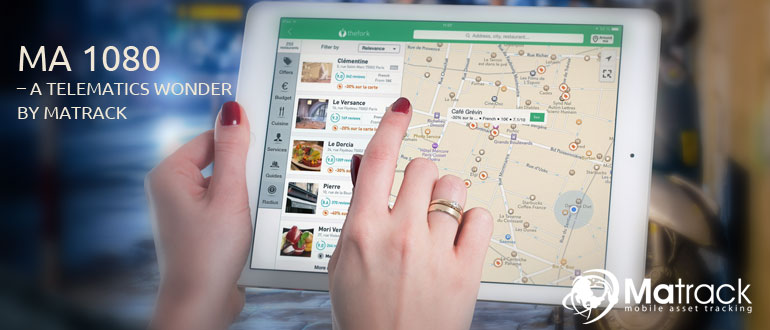 MA 1080 – Matrack’s Telematics Miracle
MA 1080 – Matrack’s Telematics Miracle  Calculate IFTA Through ELD And Team Management
Calculate IFTA Through ELD And Team Management